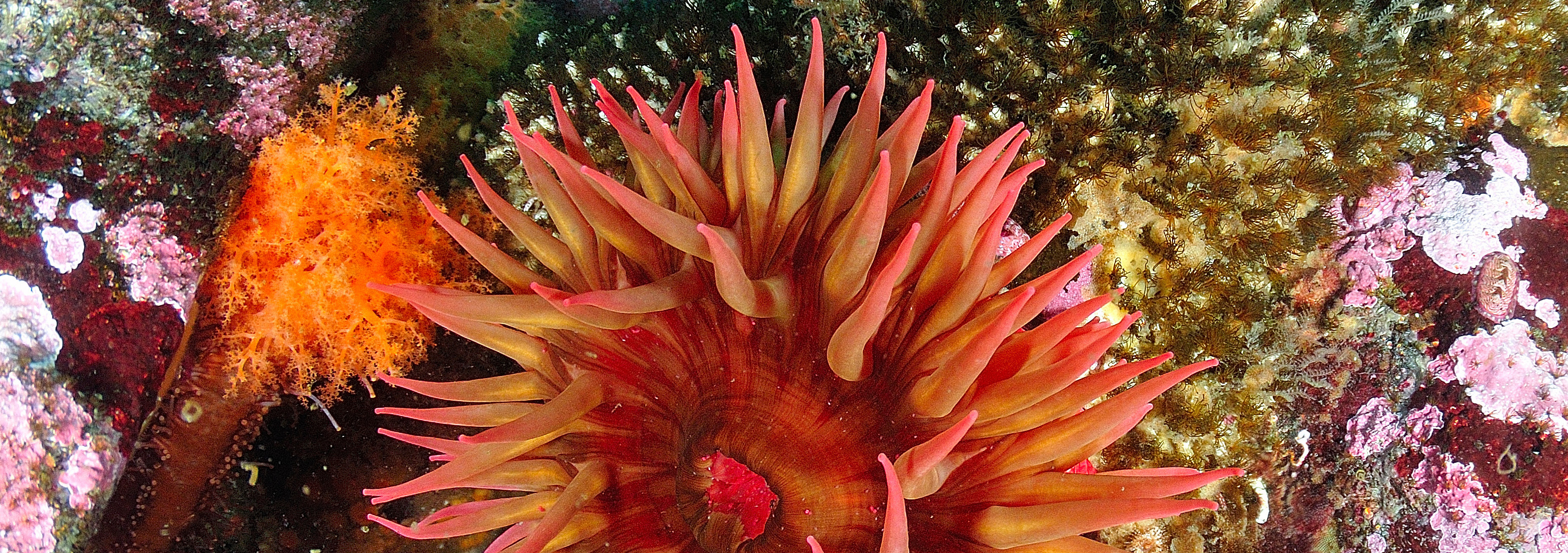Co-hosted with the University of Washington, Fisheries & Oceans Canada, and Pacific Northwest National Laboratory The Salish Sea Science Roundtable online speaker series continues on Tuesday, May 13 from 12:30 – 1:30 pm. Drs. P. Sean McDonald (University of Washington) and Thomas Therriault (Fisheries and Oceans Canada) bring nearly 50 years of combined expertise in the […]
April 7, 2025
 ">
"> Research and whale watching enhanced with artificial intelligence to identify individual orcas
When out on Puget Sound with killer whale experts, I’m often impressed by how quickly such folks can identify individual whales by name or number, even when a group of orcas is swimming a fair distance away. I can’t begin to do that, because I have never studied the catalogs of dorsal fins and markings […]
April 2, 2025
 ">
"> Unpacking uncertainty: How experts recommend improving Puget Sound modeling
An external scientific review by independent experts is a common and valuable practice, particularly when the models have significant management implications. This ethos is why peer review is foundational to science in general. By providing an objective assessment, external reviewers can help ensure the models are robust and appropriate for the management decisions they’re being […]
March 28, 2025
 ">
"> PSI’s Andy James receives grant to track PCBs and PBDEs in the Hylebos waterway
The Hylebos waterway, located in White/Puyallup river watershed, is a hotspot for PCBs and PBDEs. PSI senior research scientist Andy James has received a federally supported grant for $858,000 to track the sources of PCBs and PBDEs in the Hylebos waterway in Tacoma. The waterway is a hotspot for PCBs and PBDEs, and despite ongoing […]
March 28, 2025
 ">
"> Grand Uncertainties Madness
Join PSI’s bracket tournament––March 28 through April 9! What are the most important scientific research questions about Puget Sound ecosystem recovery? You decide! We are pitting 32 research questions head-to-head so that YOU can vote for the top research need for Puget Sound recovery! Is it a question about chemical pollution? Solutions to hard shoreline […]
March 27, 2025
 ">
"> EoPS has a new look!
You might have noticed that the Encyclopedia of Puget Sound looks especially awesome these days. We just released EoPS 2.0 with more vibrant colors, improved navigation and more modern features under the hood. You’ll still find the same great articles, but they will load a little faster and will play well with new browsers and smartphones. Take […]
March 14, 2025
 ">
"> April 8 roundtable will explore offshore renewable energy in the Pacific & potential benthic impacts
Co-hosted with the Pacific Marine Energy Center at Oregon State University The Salish Sea Science Roundtable online speaker series continues on Tuesday, April 8 from 12:30 – 1:30 pm. Dr. Sarah Henkel is a benthic ecologist at the Hatfield Marine Science Center and Associate Director of the Pacific Marine Energy Center at OSU. She will present […]
February 3, 2025
 ">
"> February 4 roundtable: A Tale of Three Auks
Co-hosted with the Washington Department of Fish & Wildlife The Salish Sea Science Roundtable online speaker series continues on Tuesday, February 4 from 12:30 – 1:30 pm. The Tufted Puffin, Marbled Murrelet and Rhinoceros Auklet are all in the same family (Alcidae), but show different seasonal dependencies on the Salish Sea. In addition, their nesting strategies […]
January 17, 2025
 ">
"> February 12: Modeled and historical monitoring insights on water quality differences throughout Puget Sound
We’re excited to continue the Science of Puget Sound Water Quality workshop series, which explores emerging science and insights to help protect water quality in Puget Sound. Join us on February 12 from 10 am – 12 pm to dig into emerging research on nutrients, hydrodynamics, and dissolved oxygen in Puget Sound with two University of Washington […]
December 27, 2024
 ">
"> The importance of estuaries for adult salmon in Puget Sound
Next time you see a salmon moving upstream to spawn, consider the importance of estuaries. Estuaries, places where rivers and creeks mix with the waters of Puget Sound, help salmon adjust the ions (salts) in their bodies so they can safely make the transition from marine to fresh water. A new report by University of Washington scientist […]

 ">
">